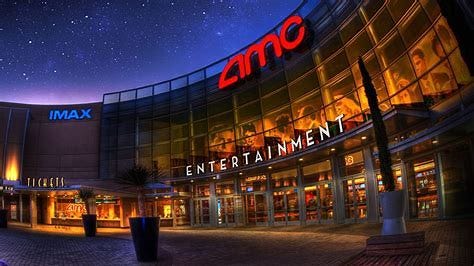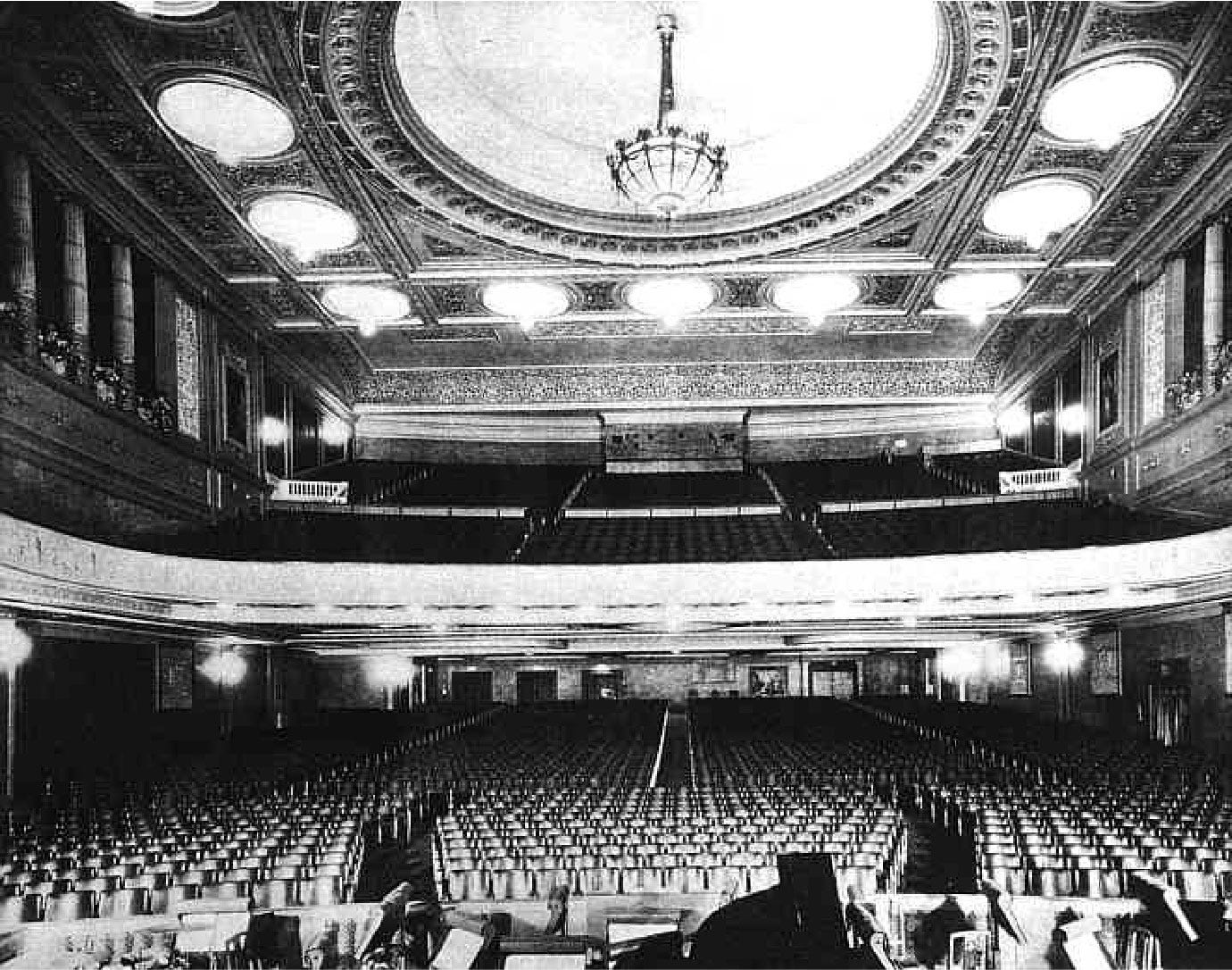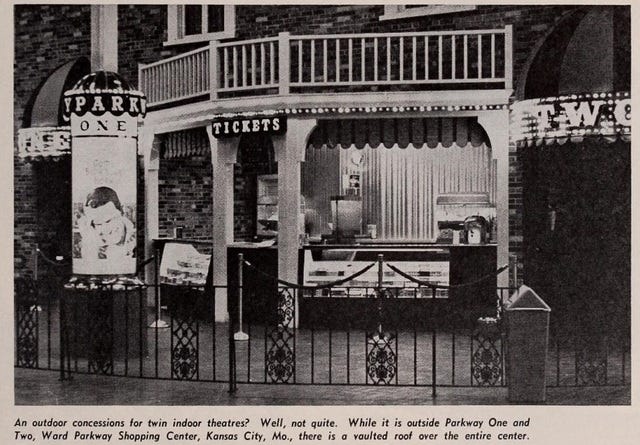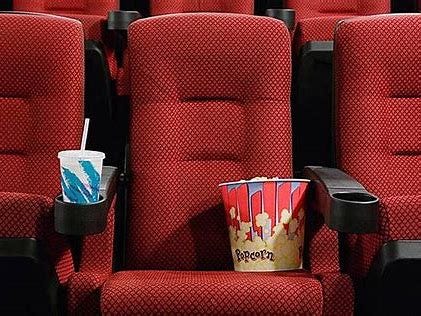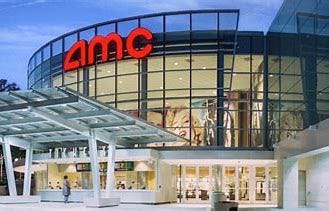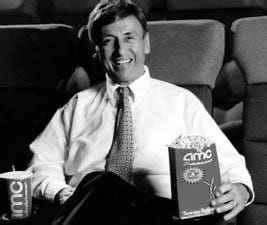Movie Theaters & Multiplexes - Stanley Durwood
The story behind the unknown entrepreneur who revolutionized film.
If you’re even vaguely familiar with the movie industry, you likely know about the theater company AMC. It’s the largest theater company in the world, owning 900 theaters and over 10,000 screens around the globe.
The phenomenal success of AMC and its dominance in the movie theater industry comes from the entrepreneur Stanley Durwood. With his entrepreneurial mind and constant drive to innovate, Stanley was able to expand AMC out of the Midwest of America and spread his cinema empire throughout the world. Through this journey, Stanley completely re-defined what a movie theater was, all in the pursuance of customer satisfaction. Even after his passing, Stanley is known as the “father of the modern movie theater.”
Even though Stanley’s significance is undeniable, most people don’t know about him. He rarely even gets recognition from the movie industry! Well, I wanted to change this. This is the story of Stanley Durwood, the inventor of the modern theater.
Humble Beginnings
Beginning in 1920, the same year Stanley was born, his father Edward Durwood and his three brothers purchased the Regent Theater (interior image shown).
Located in Kansas City, Missouri, this purchase was the beginning of AMC, which at this time was known as “Durwood Theatres”. The company would be mildly successful when Stanley’s father owned it.
Stanley would later join his father’s business in the 1950s. At this time, movie theaters' primary competitor was the home television. The quick and easy accessibility towards film and content drove down revenue for Durwood Theatres and many others.
According to an interview with Stanley in 1998, it was here that he thought of adding two screens or more in one theater building - the bones of what would be called the multiplex. This idea seemed to be the solution to Durwood’s financial distress However, Stanley didn’t flesh this concept out until after his father’s passing in 1960. Once he inherited the company, Stanley opened the world’s first multiplex theater in 1963. The theater, called the Parkway Twin, became a massive success.
Exhilarated by the multiplex’s success, in 1968, Stanley would rename Durwood Theatres into the American Multi-Cinema, Inc.
(image of the Parkway Twin below)
Franchising
Believing it was an inevitable outcome, Stanley feared that his biggest competitors would copy AMC’s multiplex theaters. Before any competitors could catch on, Stanley started numerous locations throughout the country during the 70s. Because of the fast-paced expansion, AMC went from 12 multiplex theaters and 22 screens in 1969 to more than 500 screens and more than 100 theaters in 1981.
Shockingly, regardless of AMC’s success and Stanley’s fears, most of his competitors didn’t pursue multiplexes, save for a few. General Cinemas and a few other companies would compete with AMCs multi-screen theaters by opening a few of their own.
Competitors of Durwood’s thought the multiplex idea was too sophisticated. Others feared it would mess with the branding they’ve already established.
To their own demise, they would fall stand in AMC’s shadow. Thanks to the multiplex, Durwood and AMC could attract different groups of moviegoers due to the diversity of the films that could be shown. Not only that, but multiplex theaters required less employees and upfront costs, boosting profits. As simple as the idea was, the efficiency was extreme.
Impressively, even though AMC was outperforming most of its competitors, Stanley continued to find ways to innovate and build his company’s reputation. AMC became the first theater company to adopt automated projectors and cup-holder armrests. Later, in the 90s, they’d also become the first to adopt stadium-style seating, providing a more effective viewing capability than the conventional row-to-row. Some of Durwood’s ideas also weren’t as successful, such as serving popcorn to guests in the middle of a film; this complimentary practice actually distracted guests from the film they were enjoying.
Through the expansion of AMC, Durwood’s primary focus was to always appeal to customer satisfaction and comfort. Most of the aforementioned innovations were prioritizing customers.
Durwood’s Apex & Legacy
The 1980s would be the company’s largest expansion, with also its largest challenges. Durwood, as ambitious as he was, decided to play the long game, piling on tons of debt as AMC expanded and planned to pay it off later. This will eventually work. But before it did, Durwood had to pay off some debts, by (reluctantly) selling 12% of AMC to the public. This was the first time that the AMC company was not 100% owned by the Durwoods.
AMC would introduce their biggest idea (figuratively and literally): the megaplex. These massive theaters would contain more than just 20-30 screens, but also restaurants, dining, and other entertainment. Megaplexes became massive hubs for revenue, both for AMC and the shopping malls that they were located at.
Sadly, at in the middle of 1999, Durwood passed away at age 78. After his death, AMC continued his model of expansion and innovation. They’d implement their AMC Stubs system, partnering with IMAX to create premium theater experiences, and so much more.
AMC, as it is now, would have never been this successful without the creativity and innovative spirit of Stanley Durwood. The modern theater industry, along with Hollywood and many small cities’ economies owe a lot to the contribution of Durwood & AMC.




